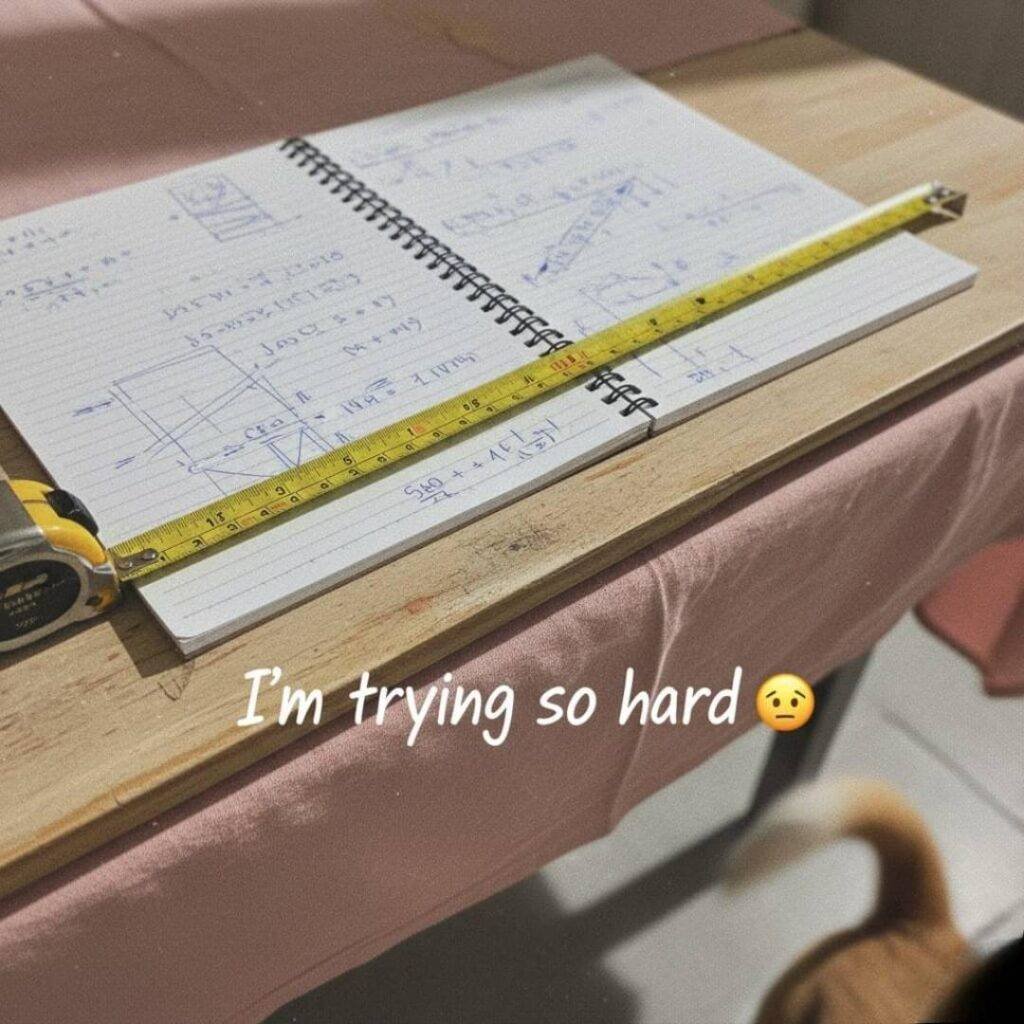Diving Into the Home Office Deduction Mess
Okay, so the home office deduction is like this shiny tax break I’m obsessed with but also terrified of screwing up. I’m writing this from my tiny apartment in Dayton, Ohio, where my “office” is a wobbly IKEA table covered in coffee stains and Post-its. It’s October 2025, and I’m already dreading tax season. Last year, I was up till 3 a.m., surrounded by empty Red Bull cans, trying to figure out if I could deduct my Netflix subscription because I “brainstorm” while watching true crime. Spoiler: you can’t. Anyway, here’s my hot mess of a guide to the home office tax break, straight from my frazzled brain.
I’m a freelance social media manager, and my home’s my only workplace, so I thought this deduction would be a breeze. Ha! I nearly triggered an IRS audit because I’m, like, not great at reading fine print. But I’ve learned some stuff, made some dumb mistakes, and now I’m sharing so you don’t end up like me—crying over a calculator.
What’s This Home Office Deduction Thing?
The home office deduction lets you write off part of your home expenses—like rent, electric, or Wi-Fi—if you use a specific spot just for work. The IRS is super strict, though, and I learned that the hard way when I tried claiming my whole kitchen because I sometimes reply to emails while eating cereal. Nope. Your space has to be exclusively for work, and it’s gotta be your main business spot. For me, that’s my little table, where I’ve got my laptop, a dying cactus, and a pile of receipts I’m too scared to touch.
Here’s the lowdown:
- Exclusive Use: Your office can’t be where you do yoga or binge TikToks. I had to stop storing my laundry basket under my desk—IRS doesn’t vibe with that.
- Regular Use: You gotta work there consistently. I’m at my table every day, swearing at slow Wi-Fi.
- Principal Place of Business: If your home’s your main work spot, you’re good. I don’t have a fancy coworking space, so this works for me.
The IRS has a page on this, but it’s boring and made my eyes glaze over. I read it while stress-eating Doritos, hoping for clarity. Kinda helped.
My Epic Fail with the “Exclusive Use” Rule
So, real talk: I almost botched my home office tax break by claiming my entire living room. I’m in Dayton, right, and last tax season, I told my tax app I could deduct 70% of my rent because “I work everywhere.” My sister, who’s a CPA, literally FaceTimed me to yell, “Are you trying to get audited?!” Turns out, you gotta measure your actual workspace. I grabbed a tape measure, tripped over my dog, and figured out my “office” is like 8% of my apartment. I felt so dumb, but now I know better.

Calculating the Home Office Deduction Without a Meltdown
There’s two ways to claim the home office deduction, and I’ve tried both because I’m a masochist. The IRS gives you a simplified option and a regular method. Here’s my take, fueled by too much coffee and regret.
Simplified Option: Lazy but Kinda Meh
The simplified option’s like the IRS saying, “Fine, here’s an easy one.” You get $5 per square foot of your office, up to 300 square feet. Max is $1,500. I did this in 2024 because I was overwhelmed and bad at math. My space is 80 square feet, so I got $400. Cool, but I could’ve gotten more. The IRS explains it here, but it’s not exactly a page-turner.
Regular Method: Painful but Worth It
This one’s a headache but can save you more. You calculate the percentage of your home used for work (mine’s 8%) and apply it to stuff like rent, utilities, and internet. Last year, I tracked my bills and got like $700 back. But the paperwork? Nightmare. I had a pile of receipts that smelled like old coffee. Pro tip: use a spreadsheet or an app. I didn’t, and I regretted it.
Stuff you can deduct:
- Direct expenses: Things just for your office, like a cheap lamp I got at Walmart.
- Indirect expenses: Rent, electric, Wi-Fi, split by your office’s percentage.
- Repairs: I deducted part of a leaky pipe fix since my office is in the apartment.

Dodging IRS Red Flags Like They’re My Ex
The IRS isn’t your enemy, but they’re not your pal either. I’m paranoid about audits after getting a scary letter about a $30 mistake in 2023. To keep your work-from-home tax write-off safe, don’t do what I did. Here’s my advice:
- Don’t Get Greedy: Claiming your whole apartment is a red flag. Stick to your actual office space.
- Keep Records: I now take photos of receipts and use an app. No more smelly shoeboxes.
- Be Honest: If your “office” is also your dining table, the IRS will know. I moved my dog’s bed out of my workspace to stay legit.
- Skip Depreciation: You can depreciate your home, but it’s complicated and screams “audit me.” I don’t bother.
TurboTax has a blog with more on this, but mine’s more… unhinged.
My Audit Scare (Ugh)
Last year, I tried deducting my whole Wi-Fi bill because “I need it for work, duh.” The IRS sent me a letter, and I thought I was done for. I was pacing my apartment, stress-eating pretzels, imagining owing millions. Turns out, I could only deduct 8% of the bill. I sent proof, fixed it, and survived, but my anxiety’s still recovering.
Tips from My Tax Trainwreck
Here’s what I wish I knew before tackling the home office tax break:
- Measure your space properly. Don’t eyeball it like I did.
- Track expenses all year. Waiting till April is a disaster.
- Get a tax pro if you’re lost. I paid $80 for advice and saved way more.
- Use software like H&R Block—it’s like a babysitter for your taxes.

Wrapping Up My Tax Rant
Look, the home office deduction isn’t brain surgery, but it’s not a free pass either. I’m just a freelancer in Dayton, trying not to mess this up, and I’ve learned it’s about following the rules while grabbing what you deserve. My table’s still wobbly, my dog’s still a nuisance, and I’m still freaking out about taxes. But I’m claiming my work-from-home tax write-off this year without fear. If I can pull it off, you can too. Got questions? Talk to a tax pro or drop a comment—I’m no genius, but I’ll share my mess. What’s your home office setup like?




